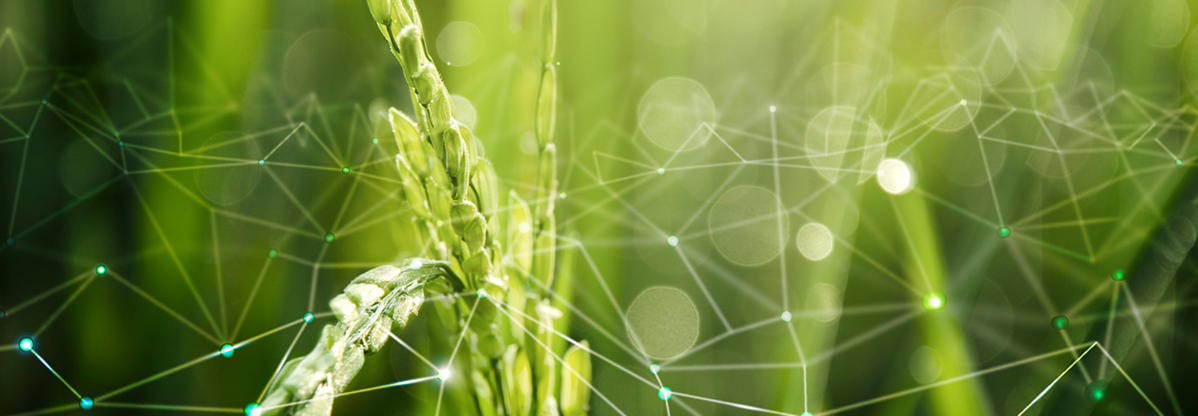According to a study by McKinsey Global Institute, AI is estimated to create an additional 13 trillion US dollars of value annually by the year 2030.
Even today artificial intelligence technologies are generating a tremendous amount of revenue, but it is mostly in the software field.
There are several areas where AI will be highly impactful, but there is a lot of unnecessary hype surrounding it as well. Thales is contributing to them with their green work.
Still, over the past decades, artificial intelligence (AI) has gone from being something out of science fiction to being very much part of science fact. It is now an integral part of our present, and we are beginning to see the impact it has on the workplace, the economy, and the technology we use every day. But what about its impact on the environment? How can we leverage AI to build a greener and more sustainable future?
Climate monitoring
AI has a vital role to play in the observation and understanding of climate phenomena, which are key to combating climate change. Its most obvious application is in increasing the image processing capabilities of satellites, which will be able to better analyze and predict climate phenomena.
Green mobility
However, it’s not just in and above the skies where AI is making a significant contribution to environmental issues. Our partner Thales has also developed complex, eco-responsible systems for rail transportation that leverage AI based on learning and knowledge and consume less energy.
Driver advisory and traffic management systems, along with systems to manage the automatic operation of both metros and autonomous trains, optimise energy consumption through carefully defined driving strategies, and by calculating optimal acceleration and braking profiles in real-time.
These systems also enable incidents on the network to be anticipated, thus reducing unexpected train stoppages caused by obstacles on the tracks, for example. Station supervision systems also analyze energy consumption in real-time, with sensors that determine the precise energy needs according to passenger flows, ensuring that energy consumption matches requirements.
Energy Consumption and the IoT
Modern systems, in the field of IoT (Internet of Things) for instance, collect huge amounts of all different kinds of data. Traditionally, that data is processed in a central computer or cloud, and then the results are sent back to the application in the field. However, not only does this raise security issues, but it is also neither cost- nor energy-efficient.
Thales’s expertise has enabled it to develop a platform for the simple integration of distributed AI algorithms in the field, which processes most of the data close to the application – so-called edge computing – and only transfers the processing results, keeping the data behind a secure firewall and significantly reducing energy consumption.
Lateral thinking: eco-design and frugal AI
Sustainable technology, however, is not just about visible impacts, such as reducing energy consumption or carbon emissions. It also involves looking at entire processes – from conception to operation – to see where real change can occur.
As an expert in critical-decision support solutions, Thales is the first company to develop "frugal" AI based on algorithms that only require small amounts of energy. Thales researchers are prioritizing knowledge-based symbolic or hybrid AI, which is far more energy efficient. Attention is being shifted from Big Data to Smart Data, favoring quality over quantity, and improving electronics design and implementation to offer electronic circuits that consume very little energy.
The AI of the future: neuromorphic computing
What about the next big thing? Although it is still in its infancy, neuromorphic computing could be the technology that completely revolutionizes AI.
Most AI people today are concentrating on algorithms that help to achieve a particular outcome. AI algorithms may be inspired by the workings of the human brain and its neural networks, but they are based on virtual neural networks running on conventional computer chips.
On the other hand, a neuromorphic chip is a physical reproduction of a neural network. In my work, we are taking inspiration from the organization and structure of the brain — and in particular from the way neural networks are organized as successive layers of neurons in the cortex — to develop processors that can run these algorithms very efficiently and with much less energy.
Science helps us build a safer greener world and a more equitable society!



